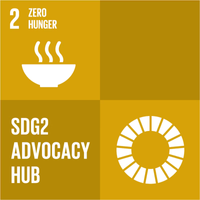The customer was a major CPG business that found itself constantly on the back foot due to outdated tools, processes and strategy. Emerging issues were driving substantial reputational and stakeholder management problems across markets and functions.
TSC piloted a system in test markets to allow corporate affairs to own and share a pulse of the stakeholder and policy landscape through news monitoring and a raft of segmented newsletters, stakeholder profiles, and relationship mapping.
The platform drove substantial value by enabling smarter, data-driven issue response, reducing executive time lost to crises, and reducing large in-market consulting costs. The system was ultimately rolled out to 94 markets to drive sensing and decision-making.











